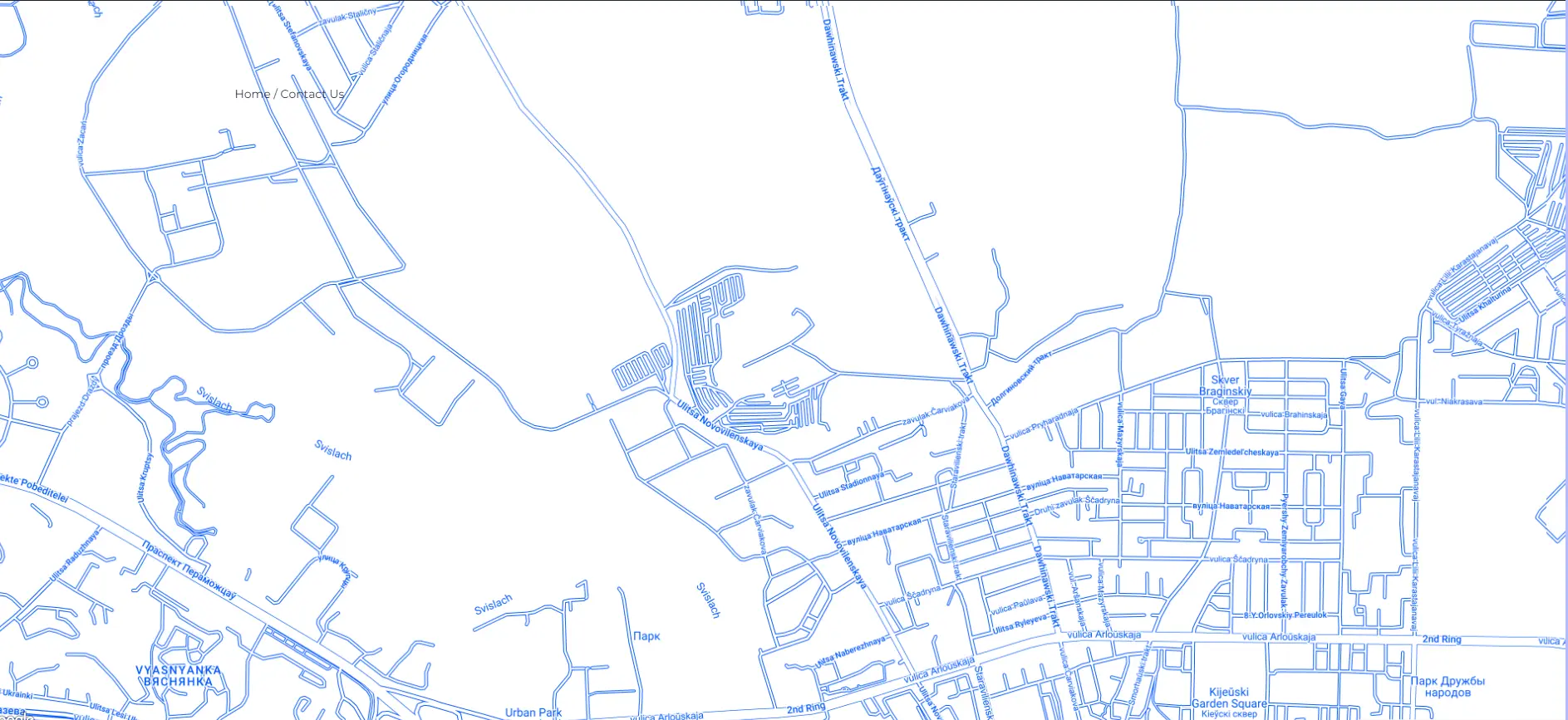Sometimes, businesses and individuals are forced to defend their rights in court. To do this, documents are submitted to the court. One of these documents is the statement of claim. It is a formal request sent to the court in order to resolve a dispute between the parties. The statement of claim serves as the initial stage of legal proceedings and contains information about the nature of the dispute, the plaintiff’s claims and the justification for these claims. Understanding the structure and content of the statement of claim, as well as the rules for its execution, is necessary to defend your interests in court effectively. This article will tell you about the specifics of the statement of claim, its main elements, as well as the filing process and the consequences for the parties involved in the litigation.
What is the Meaning of the Statement of Claim
A statement of claim is a document filed in court to protect violated rights and interests. It sets out the plaintiff’s claims against the defendant and the grounds for these claims.
A statement of claim is essential for resolving disputes and conflicts between the parties. It allows the plaintiff to apply to the court to protect their rights and legitimate interests and also provides the court with information about the essence of the dispute and the plaintiff’s claims.
It is important to understand that drafting a statement of claim requires specific knowledge and skills. An incorrectly written statement of claim may result in being left without movement or refused acceptance. Therefore, we recommend that you contact a lawyer or attorney to get qualified assistance in drafting the statement of claim.
Why it is Important to Understand What a Statement of Claim Is
Here are a few reasons why it’s essential to understand what a statement of claims:
Protection of Rights and Interests
A statement of claim allows you to apply to the court to protect your rights and interests if they have been violated and there is a dispute or disagreement with the requirements between the parties. It may be due to various situations, such as breach of contract, damage to property or health, non-performance of obligations, etc.
Possibility of Receiving Compensation
In the statement of claim, you can demand compensation for non-pecuniary damage, payment of a penalty or other compensation from the defendant.
Overcoming Disagreements
A statement of claim helps resolve disputes and disagreements between parties that cannot reach an amicable agreement. The court considers the submitted evidence and decides based on the law.
Getting Legal Aid
Drafting a statement of claim may require special knowledge and experience. Contacting a lawyer will help you avoid mistakes and increase the chances of a successful case resolution.
In general, understanding a statement or claim is necessary to effectively use this tool to protect one’s rights and interests in court.
How to File a Claim
The statement of claim refers to procedural documents, that is, documents used in court proceedings. Therefore, there are specific requirements for its form and content.
In the statement of claim (otherwise known as a “claim”), you must specify:
- Name of the court to which the claim is sent.
- Name (first name, last name, patronymic) and location (place of residence) of the claim applicant (this side of the case is called “plaintiff”) or its representative. Contacts of these individuals: phone numbers, addresses, and emails. You must also provide the same information about the respondent (the person with whom the dispute arose and against whom the claim is being filed).
- If people want to resolve the dispute, you need to specify their names(or personal data), addresses and phone numbers (emails).
- Title of the document (statement of claim). If a claim is filed for recovery of the amount, then usually, the claim amount is written after the name.
- The essence of the plaintiff’s claims and the rationale for these claims.
- List of appendices to the claim.
The plaintiff or his representative signs the statement of claim and sets the date for filing the claim in court. When a claim is filed by a representative of the plaintiff, a power of attorney issued to the representative is attached to the claim, which sets out the representative’s rights, including the right to file and sign a statement of claim.
Contents of the Statement of Claim
It is not enough to describe your claims in the statement of claim and ask the court to recover the amount or oblige the other party to the dispute – the respondent- to perform actions. There are specific rules according to which the text of the statement of claim is compiled.
Conventionally, the text of the statement of claim can be divided into parts:
- The plaintiff sets out his claims and evaluates them to see if they can be assessed. The rules of law usually justify requirements. When formulating claims independently, difficulties may arise since not everyone knows the legal terminology and the necessary knowledge of the law. Therefore, to draw up statements of claim, they often turn to lawyers, who draw up legally correct court documents.
- The plaintiff cites the facts with which he justifies his claims.
- The plaintiff provides evidence that confirms the facts.
- The plaintiff provides other mandatory data. For example, he sent a claim to resolve the dispute in a pre-trial procedure, but the defendant did not want to.
This information is not necessarily contained in separate sections of the claim.
However, it is important to reflect it in the statement of claim.
When the claim refers to documents, it makes sense to indicate their number, date, and, in some cases, the authority that issued them. We recommend attaching copies of such documents to the statement of claim.
What Can be Asked the Court for in a Statement of Claim
In addition to the claim, you can ask the court for several actions that only the court can perform to protect the plaintiff’s interests. For example, you can ask the court to:
- Take measures to secure the claim. For example, prohibit the defendant from disposing of real estate, suspend his operations on bank accounts, seize his property and money, and prohibit him from travelling outside the country.
- Compensate for moral damage. The non-pecuniary damage suffered is usually justified by the moral suffering that the plaintiff was forced to endure because of the current controversial situation. The Court is interested in factual evidence of such suffering (requests for psychological help, for example). Only individuals can receive compensation for non-pecuniary damage. In the case of companies, we are talking about business reputation.
- On performing actions to prepare the case for trial. For example, request documents and information from government agencies or companies the plaintiff does not have, but they are needed to consider the case.
- Consider the case in the absence of the plaintiff. This request does not need to be justified.
- The court will make the case for the immediate execution of a future decision. This request can be justified or referred to in the relevant rules that determine the immediate execution of the decision.
An experienced lawyer can prepare a statement of claim, and we recommend that you contact them in case of an unsolvable dispute.
- On the recovery from the defendant of the costs of state duty and the costs of providing legal assistance by the plaintiff’s representative.
Dispute Resolution
Legal support for dispute resolution in Belarus — protecting your business’s financial and reputational interests!
How to File a Claim in Court
The statement of claim to the court is submitted in paper form, with copies according to the number of respondents and persons interested in considering the dispute.
Before filing a claim in court, you must pay a state fee.
For disputes in which the plaintiff has property claims (for payment of money or transfer of property), the state fee is 5 % of the amount of the claim (this amount is called the “price of the claim”), but not less than 2 basic values (this is 40 Belarusian rubles or approximately 12 euros).
The amount of the state fee for claims unrelated to the transfer of money and other property varies depending on the claims. For example:
- Considering a case on divorce (dissolution of marriage), you must pay a state fee of 4 basic units, and on repeated divorce basic units.
- A state fee of 3 basic units must be paid to consider a dispute that does not involve property or cannot be assessed.
The claim application must include a document confirming payment of the state fee. Otherwise, the claim will be left without movement and returned.
The statement of claim is submitted to the court in person or sent by mail.
Who Can File a Claim, and Where
Individuals and companies, their representatives, and the prosecutor can file claims in court.
Individuals
An individual from the age of 18 (adult) and legally capable (who does not have a court-appointed guardian due to, for example, an illness) can file a claim to protect their interests.
The company
On behalf of the company, statements of claim are usually signed by the head of the company or its representative when the power of attorney for this representative specifies his right to sign statements of claim. Physically, claims are usually filed with the courts by company representatives.
Representative
When drawing up a claim, the representative of an individual may be his close relative without a power of attorney or a lawyer by proxy on the basis of a contract. We recommend that you contact a lawyer since, in addition to the correct drafting of documents legally, lawyers know how to behave in court and have extensive professional experience conducting court cases.
A company representative can be a legal adviser. Usually, they have a power of attorney issued by the company head, which lists the legal adviser’s powers to conduct cases in court and others. The company may enter into a contract for the provision of legal services with a law firm. In this case, an employee of the law firm will represent the interests of the plaintiff company.
Prosecutor
The prosecutor may submit claims to the courts to defend the rights and interests of individuals and companies on his initiative after these persons have applied to him.
Where are the Claims Sent?
Statements of claim in Belarus are usually sent to the courts at the defendant’s location (residence). Several exceptions to this rule can be dealt with in consultation with an experienced lawyer. For example, it is possible to file a claim in court at the location of real estate that belongs to the defendant.
What are the Consequences of Filing a Claim in Court
The court verifies the formal requirements for the statement of claim, the availability of copies, payment of the state fee, the power of attorney of the representative, if necessary, or the passport signature of the plaintiff or his representative. If some formalities are not followed, the plaintiff or his representative has the opportunity to correct everything and file the claim again.
When the court accepts a statement of claim for consideration, the plaintiff usually receives from the court a decision to initiate a case and appoint it for a hearing.
Before the case is scheduled for a hearing, the court tries to explain to the parties in dispute the benefits of the conciliation procedure (mediation). In a conciliation procedure, the mediator helps the parties develop a dispute resolution strategy and resolve it without a court hearing. Mediators – are individuals who have received special training and are included in the state register. They are obliged to keep confidential the information they receive from the parties to the dispute and manage the negotiations of the parties to the conflict (their representatives). As a result of mediation, the parties can conclude a mediation agreement, which does not prevent them from applying to the court.
Contact us
If you have any questions or disputes regarding resolution of disputes in Belarus, we will be happy to help! Our long-term experience will help you resolve any disputes in this area.
- +37529142-27-19 (WhatsApp, Viber, Telegram);
- info@ambylegal.by.







